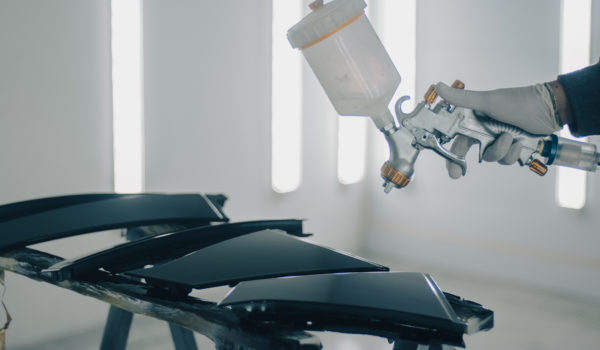On May 9, 2023, the Environmental Protection Agency (EPA) published a final rule that significantly revised the federal New Source Performance Standards (NSPS) for Automobile and Light Duty Truck (ALDT) Surface Coating Operations (Auto NSPS). These standards implement Section 111 of the Clean Air Act (CAA).
The final rule establishes a new NSPS, subpart MMa, under 40 CFR Part 60, which lowers the Volatile Organic Compound (VOC) emission standards for primecoat, guidecoat, and topcoat operations at affected facilities that begin construction, modification, or reconstruction after May 18, 2022 (the date the proposed rule was published in the Federal Register). The final rule also adopted the proposed work practice standards as proposed.
What Constitutes an “Affected Source?”
Subpart MMa is applicable to affected sources constructed, modified or reconstructed after May 18, 2022. The “affected source” is each primecoat, guidecoat and topcoat operation. However, the final rule expanded the number of affected sources to now include:
- All storage containers and mixing vessels in which coatings, thinners and cleaning materials are stored or mixed.
- All manual and automated equipment and containers used for conveying coatings, thinners, and cleaning materials.
- All storage containers and all manual and automated equipment and containers used for conveying waste materials generated by a coating operation.
Importantly, the EPA has finalized a revision to the plastic parts provision, which makes subpart MMa applicable to the surface coating of all vehicle bodies, including plastic bodies. Plastic part components coated in separate lines remain exempt.
Emission Standards
The new subpart MMa significantly reduces the VOC emissions allowed for each affected facility. For instance, guidecoat operations subject to the previous NSPS have an emission limit of 1.40 kg of VOC per liter of applied coating solids, whereas guidecoat operations that become subject to the revised NSPS have a significantly lower emission limit of 0.35 kg of VOC per liter of applied coating solids. In effect, an ALDT assembly plant that commenced reconstruction or modification of its existing guidecoat operation after May 18, 2022, would now be subject to an emission limit that is four times more stringent than the existing NSPS limit. The final rule adopts the emission standards for primecoat, guidecoat, and topcoat as proposed, with the exception of the proposed removal of the solids turnover ratio for primecoat operations, which was retained and is discussed below.
Electronic Reporting Requirements
In addition, the final rule adopts electronic reporting requirements for both subpart MM and MMa. NSPS must now report any affected sources.
Work Practice Standards
The previous ALDT NSPS did not regulate fugitive VOC emissions from storing, mixing and conveying VOC-containing materials, including the coatings, thinners and cleaning materials used in, and the waste materials generated by primecoat, guidecoat and topcoat operations. It also did not regulate fugitive VOC emissions from the cleaning and purging of equipment. For sources subject to MMa, the final rule adopts work practice standards for these emission sources, as proposed, which are identical to those contained within the Maximum Achievable Control Technology (MACT) for hazardous air pollutants applicable to ALDT coating.
Startup/Shutdown/Malfunction Provisions
The final rule removed the Startup/Shutdown/Malfunction (SSM) provisions, which eliminates the exemption for non-opacity emission standards during periods of SSM. The standards now apply at all times.
Solids Turnover Ratio
In the proposed rule, the EPA had removed the solids turnover ratio element of the primecoat emission limit. In the final rule, the EPA maintained the solids turnover ratio and cited commenters’ arguments that the solids turnover ratio factor should be retained to account for periods of non-production and reduced throughput in its explanation.
Conclusion
Given the significantly more restrictive VOC limits contained in subpart MMa, it is essential that any ALDT assembly plant that has implemented, or plans to implement, any physical or operational changes to its surface coating operations account for the new limits and standards imposed by subpart MMa to determine if MMa is triggered.
For more information, please contact Frost Brown Todd’s Mobility industry team.

